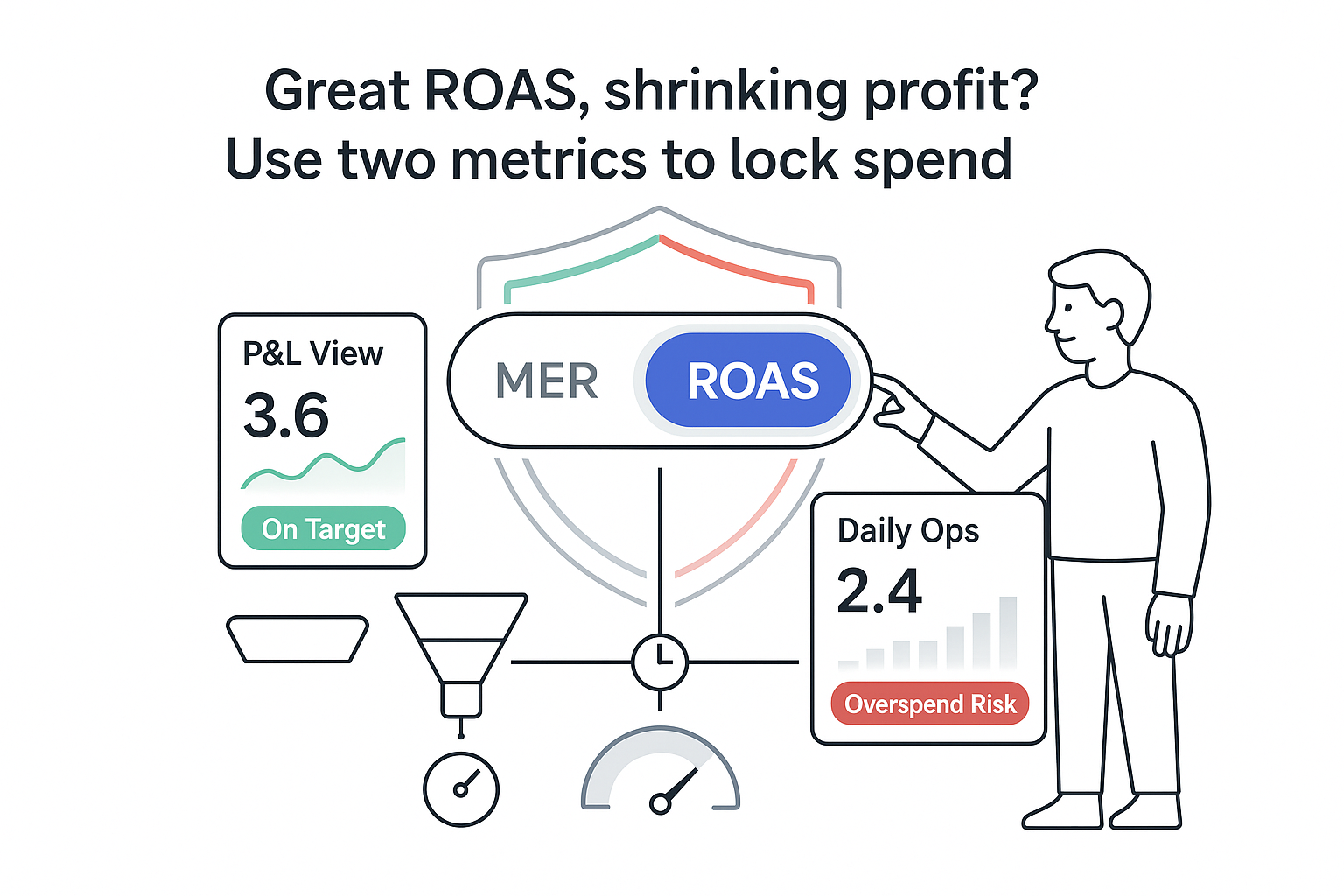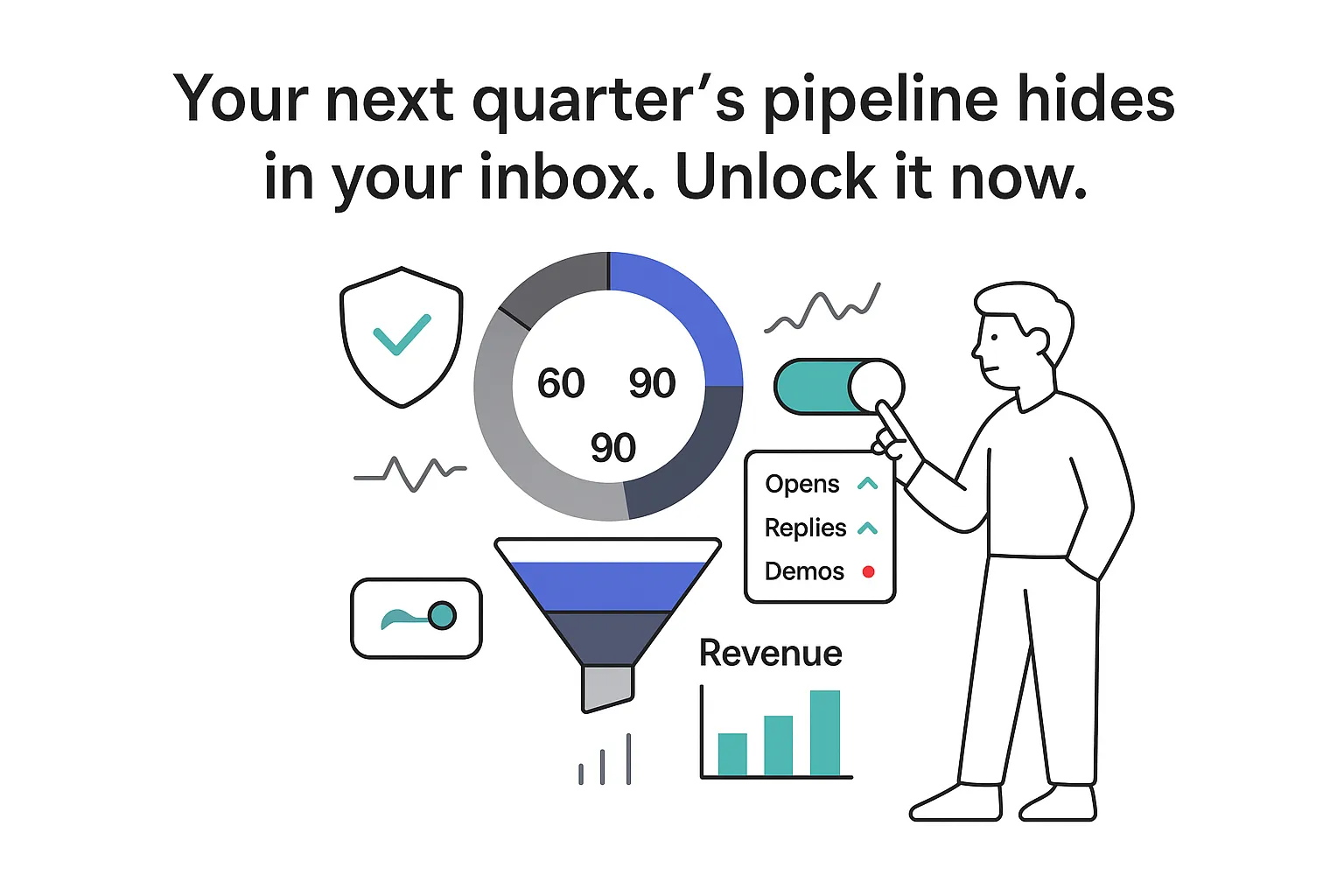I spent time planning, hosting, and fielding questions. Now I want real mileage out of that work. When I repurpose webinar content with intention, a single recording becomes a steady engine for organic traffic, sales enablement, and pipeline I can actually attribute. SEO takes time, but this approach also delivers fast wins in social, email, and retargeting while rankings climb. I keep it simple, practical, and measurable.
Host the webinar recording on my site for long-tail reach and conversion
I treat the replay page like a landing page, not a lonely video embed. It should keep earning attention and influencing deals long after the live event.
I start with a clean hero block that embeds the webinar above the fold. I add a short headline, a one-sentence outcome that the audience cares about, and a simple proof point. Under the player, I publish the full transcript for accessibility and SEO, broken into chapters with timestamps so visitors can jump to what they need fast. I implement VideoObject schema (JSON-LD) with name, description, thumbnailUrl, uploadDate, duration, transcript reference, and a SeekToAction so search engines can surface key moments.
If I gate the replay, I do it lightly and test it. Letting the video play for 20-30 seconds before revealing an email form can boost completion because viewers have already invested attention. I keep fields short, avoid dark patterns, leave the transcript ungated, and respect consent and privacy requirements. I place a primary next step near the player (for example, book a demo) and a secondary action that is low commitment (for example, download the slides). Both stay visible on desktop and mobile.
I track play, 25%, 50%, and 90% completion events, and I send those to my analytics and CRM with campaign UTMs. Then I attribute the replay to contact creation, meeting requests, and pipeline. I do not stop at “upload and forget”; the page is designed for search, attention, and revenue. If you need deeper engagement insights, use performance analytics to see what resonates.
The anatomy of a high-converting replay page
- Above the fold: I include the embedded player, an outcome-focused headline, and a short byline.
- Below the fold: I add a summary, chapter timestamps, the full transcript, and a few pull quotes.
- Persistent actions: I keep a primary next step and a secondary resource in a right rail or sticky block.
- Trust layer: I add speaker bios, partner logos, and one concise testimonial pulled from chat or a post-event survey.
- Technical layer: I implement schema, lazy-load the transcript, wire event tracking to my CRM, and use cookie consent that does not block playback.

Turn the recording into clips that map to the buying journey
I cut 15-60 second clips built around a single insight, objection, or outcome. I add burned-in captions for mute viewers, start with a two-second hook, and finish with a simple next-step overlay. I produce one 60-90 second highlight reel that hits the key points, then 5-10 standalone clips for LinkedIn, YouTube Shorts, and X. I use consistent open/close frames so recognition builds.
I map each clip to a buying stage: top-of-funnel clips spotlight the problem, a surprising data point, or a myth; mid-funnel clips show a how-to move or a small demo; late-stage clips show the outcome, a number, or a short customer quote. The same clips double as retargeting creative: viewers of a clip get sent to the replay page; viewers of the replay see a case study. I keep the framing human - UGC style, direct address, plain speech - so it feels like a conversation, not a pitch.
A LinkedIn-first distribution plan that fits B2B
- I post the highlight reel on the company page and a day later from the host’s profile.
- I share one clip daily for five to seven business days with a distinct angle each time.
- I use native video for reach, keep text tight, add a single clear takeaway, and include two relevant hashtags.
- I drop a UTM-tagged replay link in the comments to maintain post reach and preserve attribution.
Retargeting tied to revenue
- I build audiences of people who viewed at least 50% of any clip.
- I direct those audiences to the replay or a short case study, not a generic homepage.
- I track view-through and click-through by segment and campaign in both the ad platform and my CRM.
- I attribute influenced opportunities by campaign so I can see which clips move which deals (and I treat view-through as directional, not definitive).
Translate the session into pillar and support blog posts
I turn the transcript into a pillar article and a cluster of two or three support pieces. The pillar covers the full topic buyers search for; support posts zoom into subtopics and common questions. I elevate audience questions into H2s because live chat is keyword gold. I add unique visuals, simple diagrams, and a few pull quotes. I link out with descriptive anchors to related pages so readers and crawlers follow the right paths.
For keyword mapping, I mine the transcript for repeated terms and phrases, check them in keyword tools and Search Console for intent and difficulty, and line up long-tail targets for the support posts to capture earlier wins. I am careful to add original analysis, updated data, and context so the posts are not just cleaned-up transcripts. If I publish multiple formats (replay, pillar, support posts), I use canonical tags thoughtfully to prevent duplication issues.
From transcript to pillar in a day
- I run the recording through an AI transcription tool and scan for outcomes, numbers, and process steps.
- I turn the best material into sections with clear H2s, concise intros, and a clean diagram where a picture helps.
- I edit for readability: I tighten sentences, strip filler, and keep the speaker’s voice where it adds clarity.
- I add structured data where relevant (for example, HowTo or FAQPage for Q&A roundups) without forcing a literal FAQ.
Internal linking that moves buyers
- I link early to the most relevant product or service page aligned to the topic.
- I link from each support post back to the pillar with a clear “learn the full approach” line.
- I add breadcrumbs and a related-reading module to increase session depth and keep people moving.
Visualize the core ideas with infographics and micrographics
Some ideas land faster when I show them. I pull the key data, frameworks, or process steps and turn them into a single full infographic, then I cut that into three to five micrographics for social. I keep one story per visual: if it is data, I highlight the most surprising before/after or trend; if it is a framework, I limit it to three or four steps with a one-line caption each. I use brand fonts and colors for recognition, add descriptive alt text, name the file with the target term, and compress the image for speed.
I publish the full infographic on my site with a short intro and an embed code. I ask for credit when people use it and build a small outreach list of industry newsletters, analysts, and bloggers who like to reference visuals. A short note with the story behind the data plus the embed code can earn links without heavy pitching. I also repurpose the infographic as a LinkedIn carousel; saves and shares often extend reach for days.
Build links with embeds
- I include an embed code block under the image that links back to the source page.
- I provide a short caption or pull quote that explains the “so what” behind the graphic.
- I pitch two or three journalists or creators with one concrete insight from the visual.
Carousels that get read
- I keep one idea per slide, use big text and generous spacing, and lead with the promised outcome.
- I use the final slide to recap the key point and reference the replay link in the first comment.
Package executive-ready resources without wasting attention
Not everyone wants to watch video. I package the content in formats that match how executives and evaluators research: a concise executive one-pager that distills the ROI story, a deeper whitepaper that expands the method, and a practical checklist or template set for operators who want to try the steps. I use progressive profiling so returning visitors are not punished with long forms, and I keep each ask minimal. I also provide an ungated summary so people can evaluate value before sharing details. Every email capture honors consent and offers a clear opt-out.
For follow-up, I trigger a short nurture sequence - three to five emails tied to the webinar’s pain points. I do not just repeat the replay invite. Instead, I send:
- A brief case example with a specific number.
- A written tactic from the webinar plus a small template.
- A polite prompt to talk if the problem is active, framed around timing or fit.
I keep each email plain-spoken, with a clear subject line, one focus, and a plain-text version to improve deliverability. I measure click-to-meeting conversion so I can see which message earns pipeline.
Offer hierarchy that matches intent
- Executive one-pager for leaders who skim.
- Whitepaper for evaluators who compare.
- Checklist or template for hands-on teams who test.
Nurture that respects busy inboxes
- One topic per email, two or three days apart.
- Short paragraphs, scannable lines, one helpful link.
- Clear unsubscribe and honest expectations about cadence.
Launch a podcast version to capture listen-only audiences
The webinar already has strong audio. I extract it, remove background noise, normalize levels, and add a brief intro and outro with licensed music that fits the brand. I include a short mid-roll pointing listeners to the replay or a practical resource. I publish each episode with detailed show notes - timestamps, key quotes, links to the pillar post and replay, and any referenced resources. Including the transcript on the episode page helps it rank for long-tail queries.
I create a 20-30 second audiogram with captions and a simple waveform for social. I host on a reliable platform, submit to the major directories, and publish to my site first for canonical authority.
Distribution steps
- I publish to my site with full notes and the transcript.
- I syndicate to podcast directories.
- I share the teaser on LinkedIn and X with a link to the site episode page.
- I send a short note to registrants who missed the live event with the episode link.
Measure like a CFO
- I track episode listens and replay visits with UTM’d links and short URLs.
- I tie mid-roll clicks to contact records in my CRM.
- I watch episode-to-meeting conversion and influenced pipeline and keep a simple leaderboard so I can double down on topics that perform.
A simple 30-60-90 repurposing plan
Week 1
- Publish the replay page with transcript, chapters, schema, and tracking.
- Release a highlight reel and five short clips across LinkedIn, YouTube Shorts, and X.
- Build audiences from viewers and set up retargeting to the replay.
Week 2
- Publish the pillar article and link it on the replay page.
- Roll out two or three micrographics on social and add the full infographic with an embed code on the blog.
- Start light outreach for links to the graphic and pillar.
Week 3
- Launch the resource package (executive one-pager and a practical checklist or template).
- Start the short nurture sequence tied to the webinar’s pain points.
- Review attribution and confirm tracking from replay to meetings.
Week 4
- Publish the podcast episode with show notes and a transcript.
- Push a fresh batch of clips for retargeting.
- Share early results internally and note what to repeat for the next webinar.
Key numbers to watch while this runs
- Play rate and completion rate on the replay (define events consistently).
- Lead capture rate on the replay page and on gated resources.
- Organic visits to the pillar and support posts.
- Backlinks earned from the infographic and cluster posts.
- Demo or consult requests influenced by the replay, clips, and nurture.
- Pipeline sourced and influenced by the full campaign (with consistent UTM and campaign taxonomy).
If I want the short version, here it is: I make the replay page a conversion asset, feed social with smart clips, turn the talk into a written cluster, visualize the key ideas, package the most useful bits as executive resources and templates, and publish an audio cut as a podcast. That is how I repurpose webinar content for quick wins that compound.
About the author
I help B2B service companies grow organic pipeline with practical SEO and content systems rooted in measurement. Over the past few years, I have led programs that lifted organic traffic by triple digits and added seven figures in influenced pipeline.

Related resources: Demand generation and Content marketing guides for deeper tactics.







.svg)